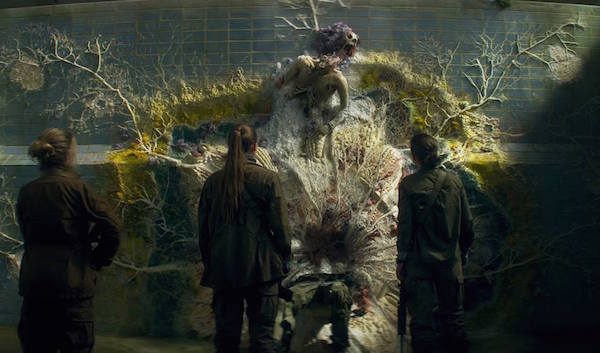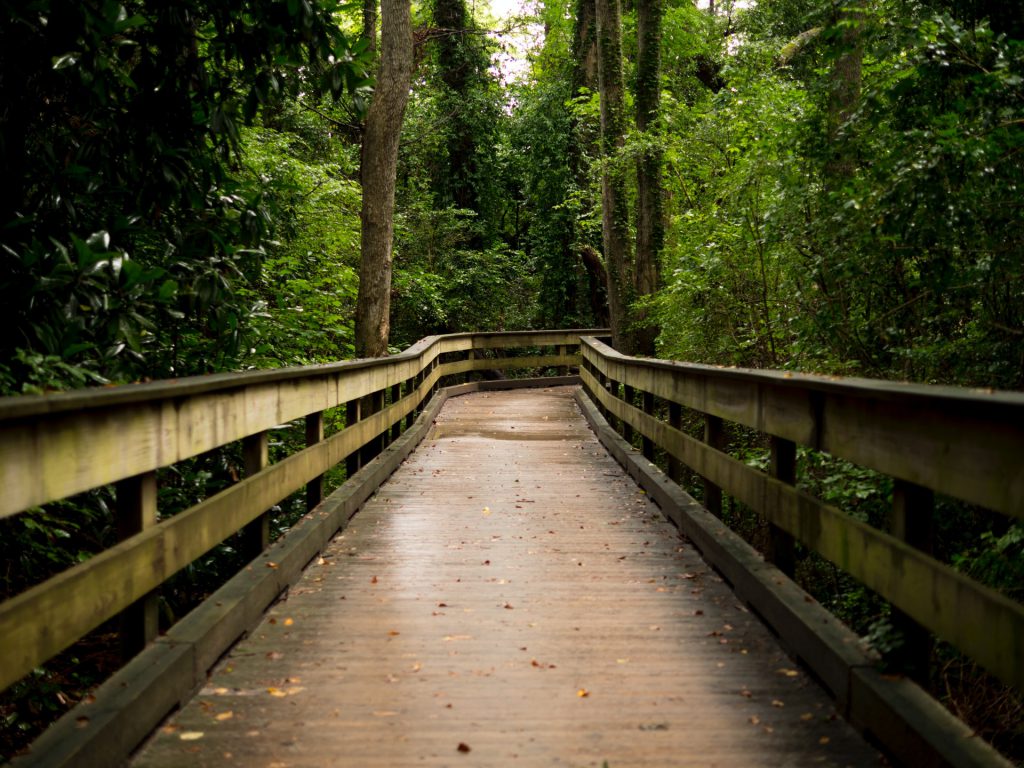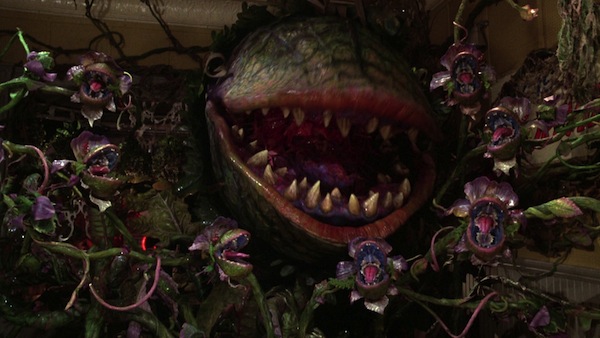Evil Plants in Pop Culture
Whether the “brightening spores” in Jeff VanderMeer’s mind-bending sci-fi novel Annihilation are actually evil (or plants at all) is open to interpretation, but all readers can agree that they’re definitely not benign. In honor of the film adaptation hitting theaters, we’re taking a look at a few other nefarious plants that have crept their way onto movie screens in years past.

Sarlacc, Star Wars: The Return of the Jedi
It’s a little unclear whether the sarlacc is more plant than animal, and the Special Edition of Return of the Jedi did nothing to un-muddy the waters with CGI that made the sarlacc look like a mutant venus fly trap escaping from a toothy hellmouth. Still, there is no denying that the sarlacc is at least plant-adjacent, and while no creature can really be blamed for the workings of its digestive system, anything willing to torture Luke Skywalker for a thousand years – however passively – is not entirely on the up-and-up.

Devil’s Snare, Harry Potter and the Sorcerer’s Stone
Devil’s Snare is one of few plants in the wizarding world that doesn’t appear to have any beneficial qualities whatsoever. It’s only ever used to set traps and assassinate people. While one could argue that Devil’s Snare is not sentient, and therefore cannot be truly evil, lacking any redeeming qualities means it’s definitely not good. Plus, historically, magical organisms that wither and smoke in the sun are not typically things you want to keep around.

Zombie-fungus seed pods, The Girl With All the Gifts
So a fungus is not technically a plant, but the seed pods that perpetuate the zombie fungus resemble a plants more than anything else. And as with most villainous plants, it’s hard to be sure whether there is any intentional malevolency to the spread of the zombie fungus, or whether it was just a weird twist of evolution – and if the fungi’s decimation of humanity is just an aggressive case of natural selection in action, there’s a decent argument to be made that the organism itself is entirely amoral. Still, considering what the fungus does to humans, and what humans, in turn, do to one another, neither the pods nor the fungus can be considered exactly virtuous.

Carnivorous plant, Jumanji
“They grow much faster than bamboo; take care or they’ll come after you.”
The text that precedes the arrival of the fleshy flower that attempts to devour Peter implies a degree of malice that goes beyond simple plant-based survival instinct. Plus, it’s not like this is a flower that just sits there quietly until a potential food source happens to come in contact with it; it actually chases down and grabs Peter, the smallest and most helpless person in the room. Also, even one wanted to debate whether trying to consume a helpless kid in the name of instinct is expressly evil, the plant was created by Jumanji, and the game itself has been shown to have some degree of both sentience and viciousness. If Jumanji is evil, then it stands to reason that anything it creates is also evil.

Upside Down vines, Stranger Things
Who knows if the vines in the Upside Down tunnels are actually even plants, but they are definitely evil. Even if you’re not willing to accept the premise that everything that comes out of the Upside Down is evil, those vines sucked poor Barb into the pool and then tried to squeeze the life out of Hopper. Anything that tries to rob the town of Hawkins of its sheriff, and viewers of our favorite curmudgeon-with-a-heart-of-gold, is indisputably wicked.

Audrey II, Little Shop of Horrors
Finally, a plant that both definitely a plant and also indisputably villainous. Audrey II starts small, both literally and figuratively, content with the small amounts of blood her human accomplice Seymour can give her, but quickly escalates things, eventually manipulating Seymour into actually murdering people. As if that’s not enough, Audrey II ultimately turns on Seymour, attempting to eat both him and his fiance, which just goes to show that no matter how famous it promises to make you, it’s still never a good idea to trust bloodthirsty alien plants.

Lauren Thoman
Lauren is a writer of YA speculative fiction and a dedicated eater of queso. She lives in Middle Tennessee with her husband, two daughters, and a half-blind dog. When she’s not busy with her family, binge-watching TV shows, or writing books about dragons or superheroes, she can probably be found on Twitter, or in close proximity to coffee, tacos, or a bookstore.




